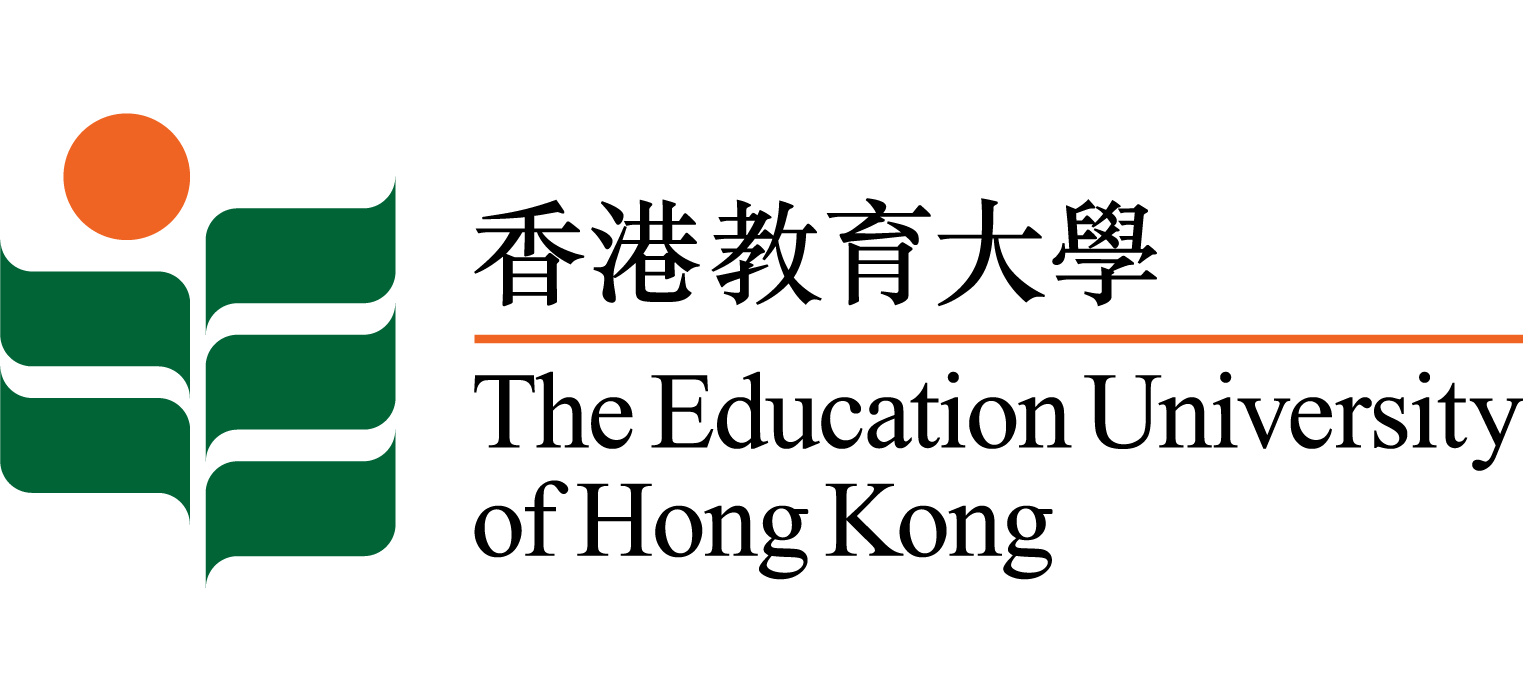Journal Articles
Primary school teachers' classroom-based e-assessment practices: Insights from the theory of planned behaviour
- Primary school teachers' classroom-based e-assessment practices: Insights from the theory of planned behaviour
- Wiley
- 2024
-
- Hong Kong
-
- 1997.7 onwards
-
- Primary Education
- There is a global trend in the increased adoption of e-assessment in school classrooms to enhance learning. Teachers, as classroom-based assessment designers and implementers, play a vital role in such assessment change. However, little is known about school teachers' classroom-based e-assessment practices and the underlying reasons. To address this research gap, this study identified the factors influencing Hong Kong primary school teachers' e-assessment practices underpinned by the theory of planned behaviour (TPB). A large-scale survey was issued to 878 teachers via Qualtrics. Structural equation modelling (SEM) analysis shows that primary school teachers' intentions of using e-assessment and perceived behavioural control of it were the two strongest factors predicting their e-assessment practices in a general way. Specifically, teachers' intentions outweighed perceived behavioural control in determining their use of alternative e-assessment tasks and e-feedback, but this reversed for e-tests/exercises. The impact of perceived behavioural control was consistent across the three types of e-assessment practices. Furthermore, teachers' attitudes significantly influenced their intentions to use alternative e-assessment tasks, while subject norms primarily predicted their intentions to use e-feedback. The findings have implications for primary schools to take countermeasures to facilitate the successful implementation of e-assessment at the classroom level.Practitioner notesWhat is already known about this topic E-assessment has the potential to influence learning. E-assessment has often been used in a controlled environment with a relatively small sample size. The past 3 years have seen a surge in discussions and research around using e-assessment in classroom settings, mostly in higher education. What this paper adds Primary school teachers used more e-tests or exercises than alternative e-assessment tasks and e-feedback in their daily teaching. Teachers' intentions outweighed perceived behavioural control in determining their use of alternative e-assessment tasks and e-feedback, but this reversed for e-tests/exercises. Teachers' attitudes significantly influenced their intentions to use alternative e-assessment tasks, while subject norms primarily predicted their intentions to use e-feedback. Implications for practice and/or policy Teachers' intentions of using alternative e-assessment and e-feedback should be increased to enhance their usage in the classroom. Teachers' e-assessment literacy should be developed to enable them to integrate e-assessment into their daily instruction. Copyright © 2024 The Authors.
-
- English
- Journal Articles
-
- 00071013
- https://bibliography.lib.eduhk.hk/bibs/593c8d24
- 2024-10-09
Recent Journal Articles
Modelling trait and state willingness to communicate in a second language: An experience sampling approachJournal Articles
Teaching national identity in post-handover Hong Kong: Pedagogical discourse and re-contextualization in the curriculumJournal Articles
Paradoxes in intercultural communication, acculturation strategies and adaptation outcomes: International students in Hong KongJournal Articles
The efficacy of the Peace Ambassador Project: Promoting children's emotional intelligence to address aggression in the early childhood classroomJournal Articles
Brokering school improvement through a school–university partnership: A longitudinal social network analysis of middle leadership developmentJournal Articles
L2 English listeners’ perceived comprehensibility and attitudes towards speech produced by L3 English learners from ChinaJournal Articles
School students’ aspirations for STEM careers: The influence of self-concept, parental expectations, career outcome expectations, and perceptions of STEM professionalsJournal Articles
Fundamental movement skills in Hong Kong kindergartens: A grade-level analysisJournal Articles



 EdLink
EdLink